This project explores spatial practices that have emerged in Beirut since the end of the Civil War, including in the aftermath of the 2019 protests and the 2020 Port explosion. We investigate if and how these practices, developed in response to concrete historical events, can be decoded and translated to other contexts. While the project discusses types of spatial practice developed by Beirutis over the years, it therefore also attempts to extrapolate and transpose these practices to other contexts.
Beirut has gone through considerable adversity in recent years and its communities have suffered as a consequence. This includes the Civil War and the waves of sectarian violence that it unleashed and fed off, as well as years of growing political corruption, economic crises, and the tragic Port explosion in 2020. The spatial practices discussed have therefore emerged under considerable duress, and it would be problematic to present them as straight-forward case studies. Yet, we believe there are lessons that Beirut can teach the architectural community and it is these lessons that our project considers. We discuss five types of practice:
- How To Live in a Post Conflict City? Beirutis are used to living with conflict, but what can Beirut and its residents teach us about navigating political instability through spatial practice?
- Neighbourhood and Community. Beirut's neighbourhoods are sites of complex interrelations, but what can they teach us about the relationship between community and built form?
- Reframing the Relationship Between Community and Care. Multiple forms of care sprang up in the aftermath of the 2020 Port explosion. What can these practices teach us about the relationship between society, built form and care?
- The Neighbourhood as Memory Support. Beirut’s built environment bears transparent witness to the horrors of the Civil War and the political corruption that led to the Port blast. What can the city teach us about the role of built form as a materialised kind of societal recollection?
- Built Form as Future Dreaming. A series of site specific installations sprang up in the aftermath of the 2019 protests and the 2020 blast. What can these interventions tell us about the role of spatial imaginaries in the critique of political hierarchies and the development of utopian visions?
The submission is a short film which will be supplemented by a facilitated discussion with activists and practitioners from Lebanon.
This project explores spatial practices that Beirut’s communities have developed over the years in response to political events. The project’s main contribution to the architectural community will flow from the inspiration that these practices can provide. Concretely, the project will provide:
A discussion and dissemination of spatial practices from a post-conflict, post-disaster city
An exploration of the relationship between the built environment and deep patterns of socio-cultural memory
As such, the impact of the project lies in its consideration for real practices - specific practices, rooted in specific socio-spatial issues - but also in the potential transferability of those practices to other contexts. By exploring Beiruti spatial practices, can we also learn something more general about what it means to live in cities in the 21st century? And can they teach us something about how new, more utopian forms of spatial practice can be piloted and developed?
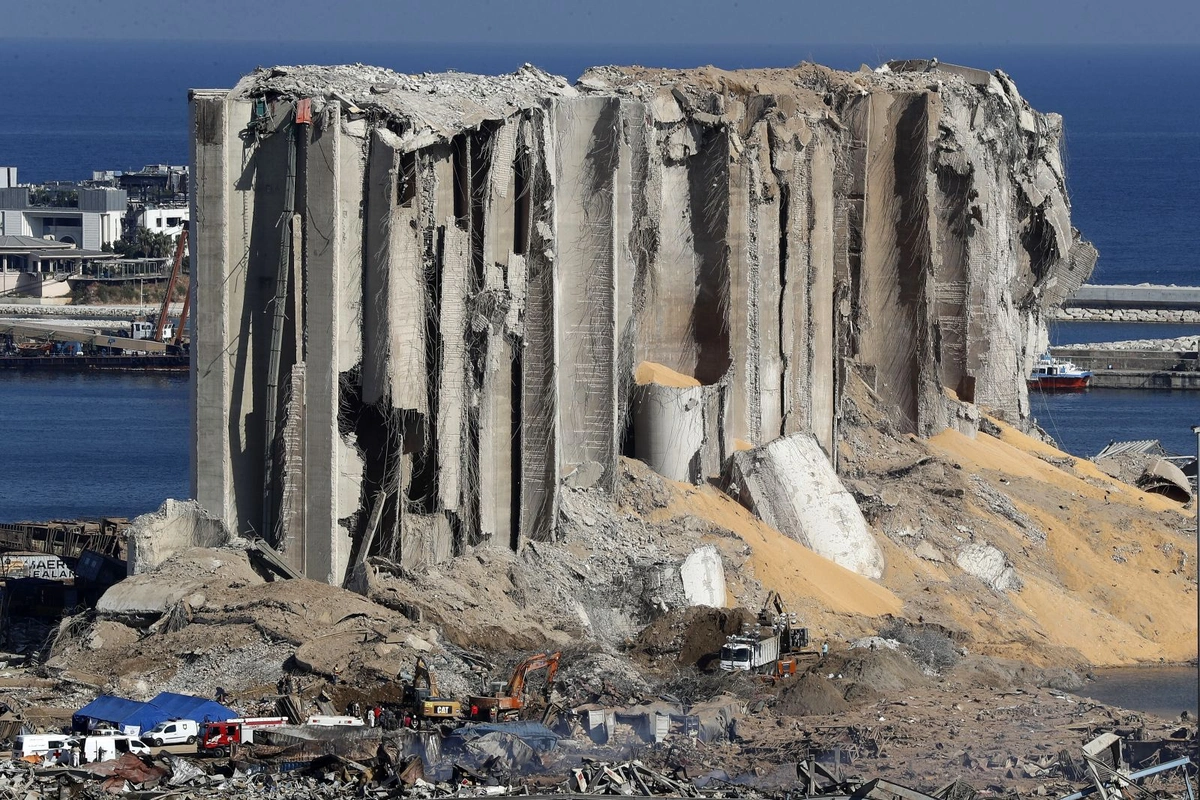
Beirut Port silos. The silos partially absorbed the shockwave of the blast that rocked Beirut in 2020, sheltering parts of the city. Their remains are a testimony to the tragic event. © Hussein Malla
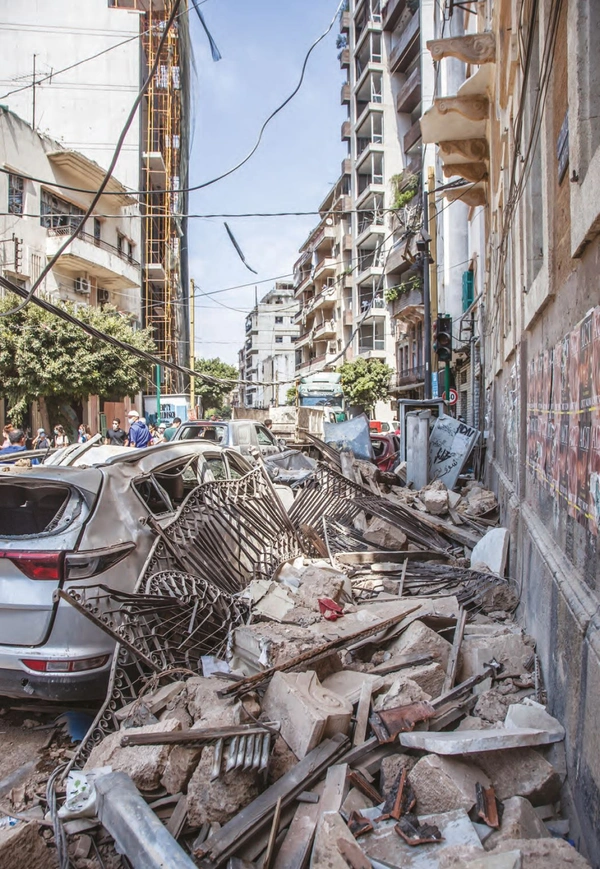
A sidewalk covered in rubble in the Mar Mikhael neighbourhood. After the blast, volunteers from all of Lebanon rushed to the city to clean debris off the streets and fix defect structures. © Rami Rizk
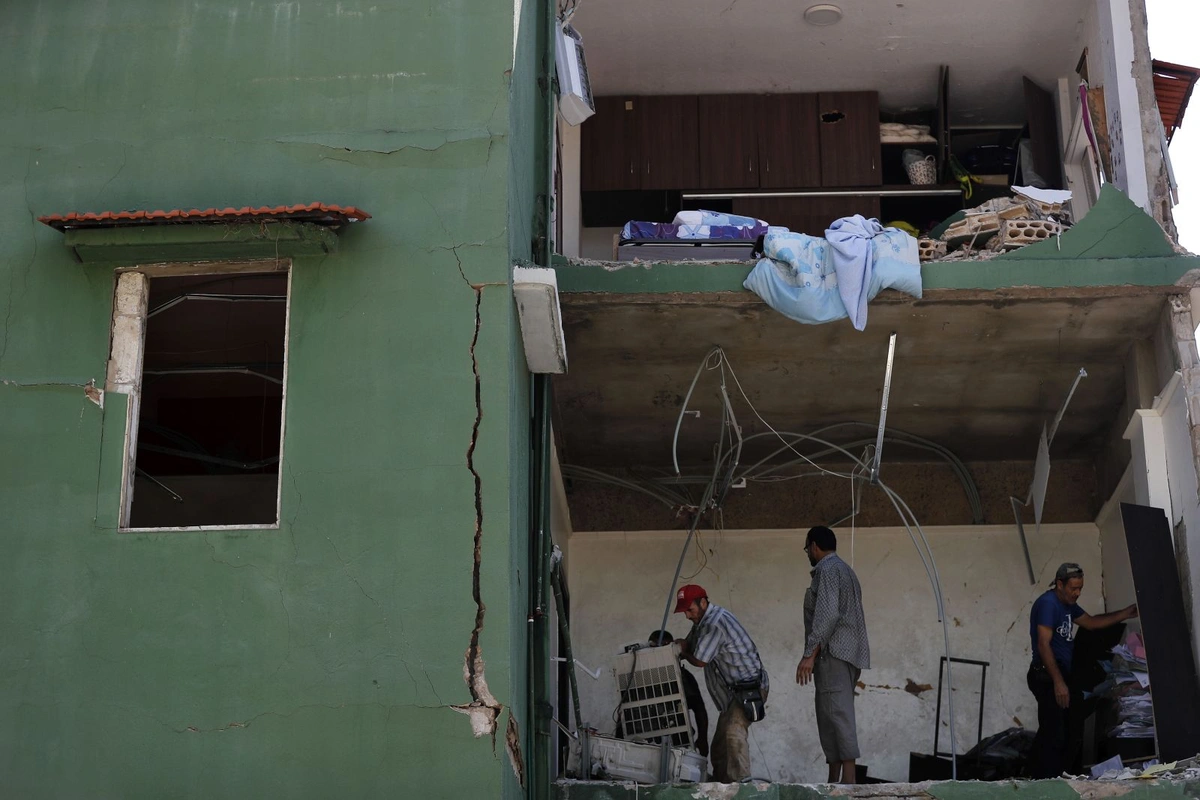
A damaged building in Beirut's Gemmayze neighbourhood. The blast damaged 640 historic buildings across Beirut, many of which play a key role in the social fabric of the city. © Hussein Malla
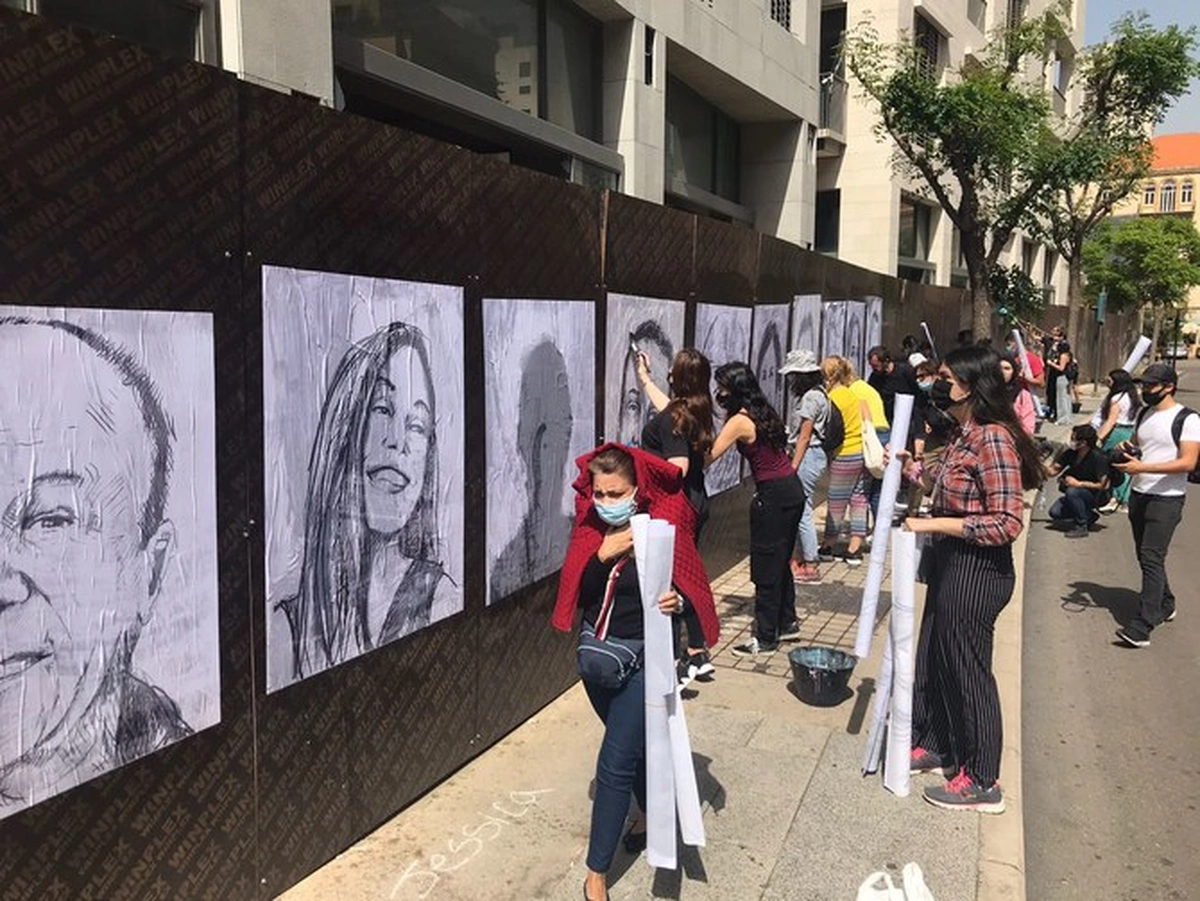
Portraits of victims of the Port blast. Erected by residents, so-called memorial walls provide communities with an opportunity to grieve and hold politicians to account. © Arab News
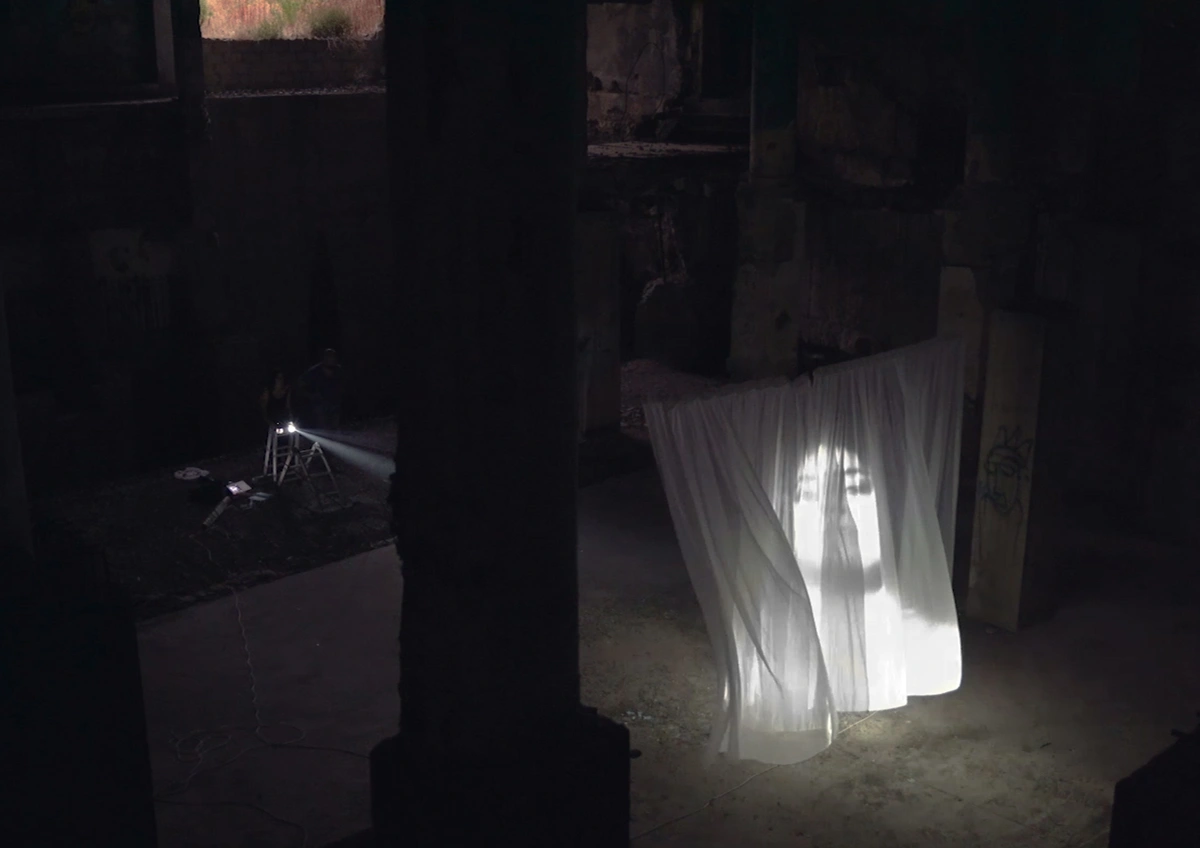
A site-specific performance set in Beirut's Grand Théâtre. The work problematizes the consumption-led regeneration of Beirut after the Civil War. © Aia Atoui and Anthony Sahyoun
أثر [Athar] is an architectural research practice set up by Aude Azzi and Frederik Weissenborn. أثر is the Arabic word for ‘trace’.
Aude is an architect, tutor and researcher. She holds a Bachelor and Master of Architecture from the Académie Libanaise des Beaux-Arts in Beirut. She received her M.AAD from Columbia University. She currently works at Stiff + Trevillion. Aude has taught at Columbia University and Birmingham City University. She co-founded the GSAPP Collective for Beirut which is an interdisciplinary group dedicated to the promotion and discussion of contemporary issues in Lebanon and the middle east.
Frederik is a researcher. He received his doctorate from the Bartlett School of Architecture, University College London. Frederik’s research explores the relationship between built form and urban social justice. He acts as an external lecturer and guest critic at leading UK universities, including the Architectural Association and the Bartlett School of Architecture.
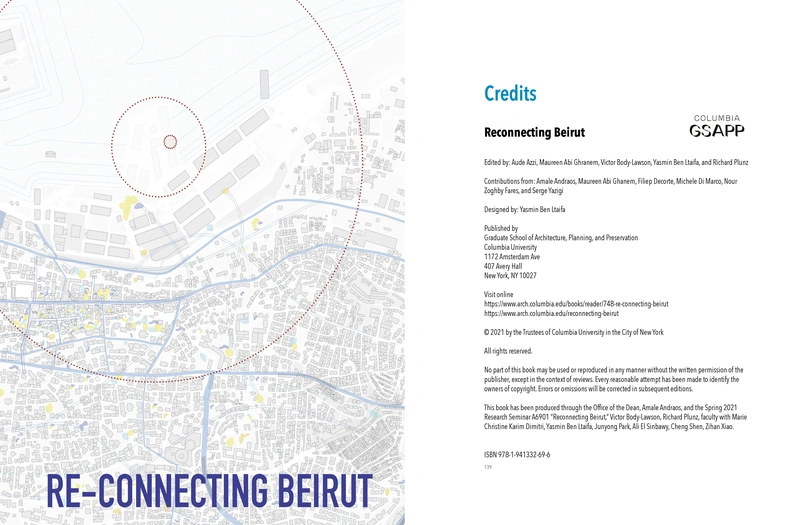
https://www.arch.columbia.edu/reconnecting-beirut
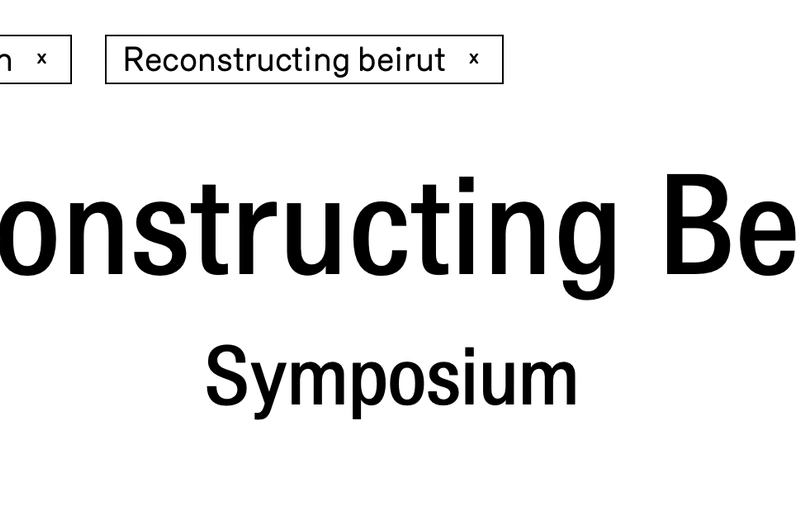
https://www.aaschool.ac.uk/publicprogramme/whatson/reconstructing-beirut
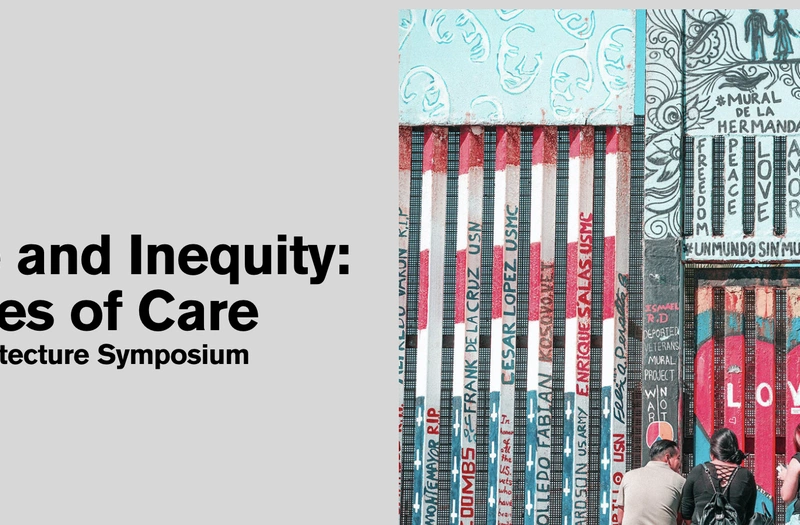
https://www.royalacademy.org.uk/event/lfa-symposium-2021-architecture-and-inequity